A well-arranged office is more than just neat shelves and drawers; it’s a workspace that helps you focus, minimize clutter, and increase productivity. Over the decades, as office environments have evolved from paper-heavy desks in the 1970s to the digital-friendly workspaces we see today, storage solutions have also grown smarter. Building an organized office doesn’t require a complete renovation; simple yet clever strategies can make a huge difference. Below are 15 thoughtful storage ideas designed to help you streamline your workday while keeping your space functional and inviting.
1. Vertical Shelving Units
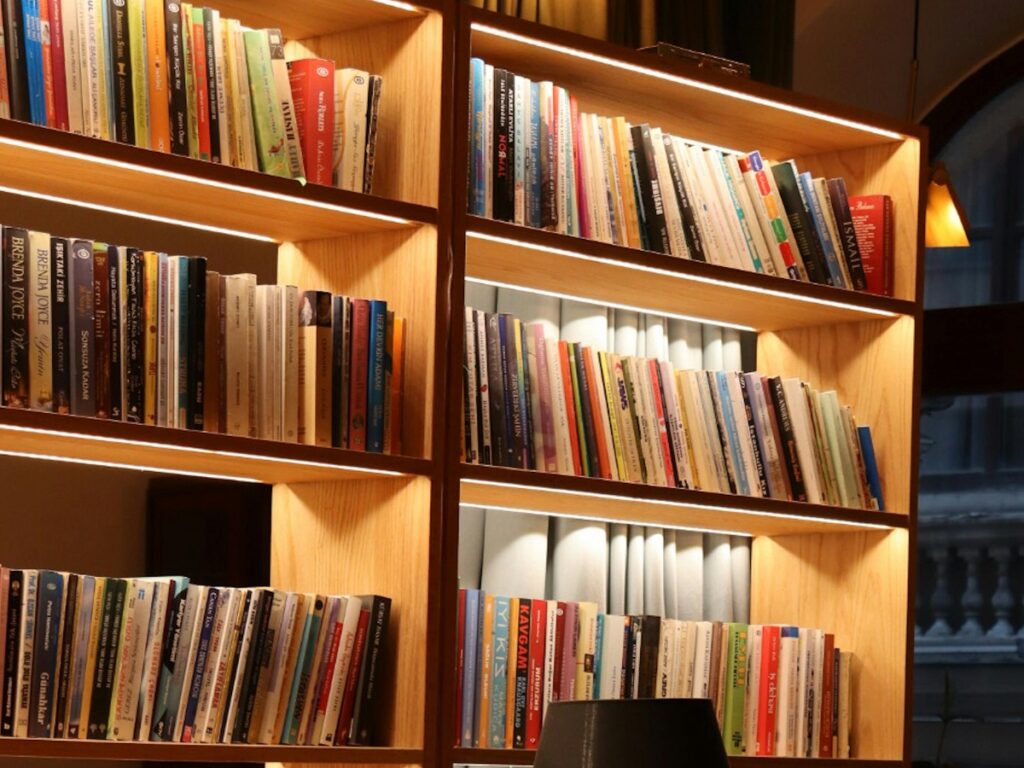
Vertical shelving units became popular in offices during the 1980s when compact layouts started replacing sprawling workspaces. They remain effective because they allow you to maximize wall height without consuming too much floor area. Adjustable shelves can be customized for binders, files, or decorative elements, blending practicality with style. Adding vertical storage not only creates more room but also directs the eye upward, giving the office a sense of openness and order. It’s a timeless solution that fits both small and large office setups.
2. Mobile Filing Cabinets
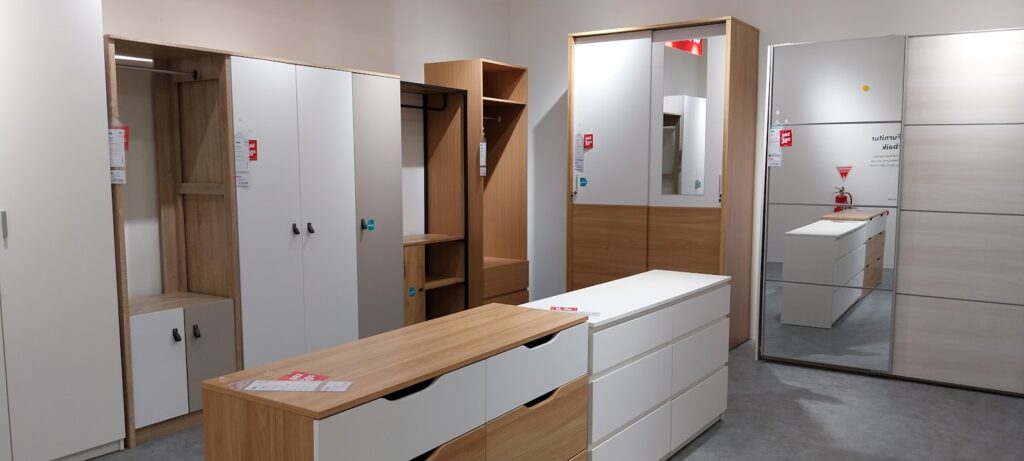
First introduced widely in the 1970s as businesses sought flexibility in document storage, mobile filing cabinets have stood the test of time. Their wheels make them adaptable, whether sliding under a desk or repositioned beside workstations for quick access. Modern versions include lockable drawers for sensitive information and sleek finishes that match contemporary office designs. The ability to relocate files without heavy lifting ensures efficiency while keeping crucial papers well within reach. This portable option is a must for professionals who juggle multiple projects.
3. Floating Wall Shelves
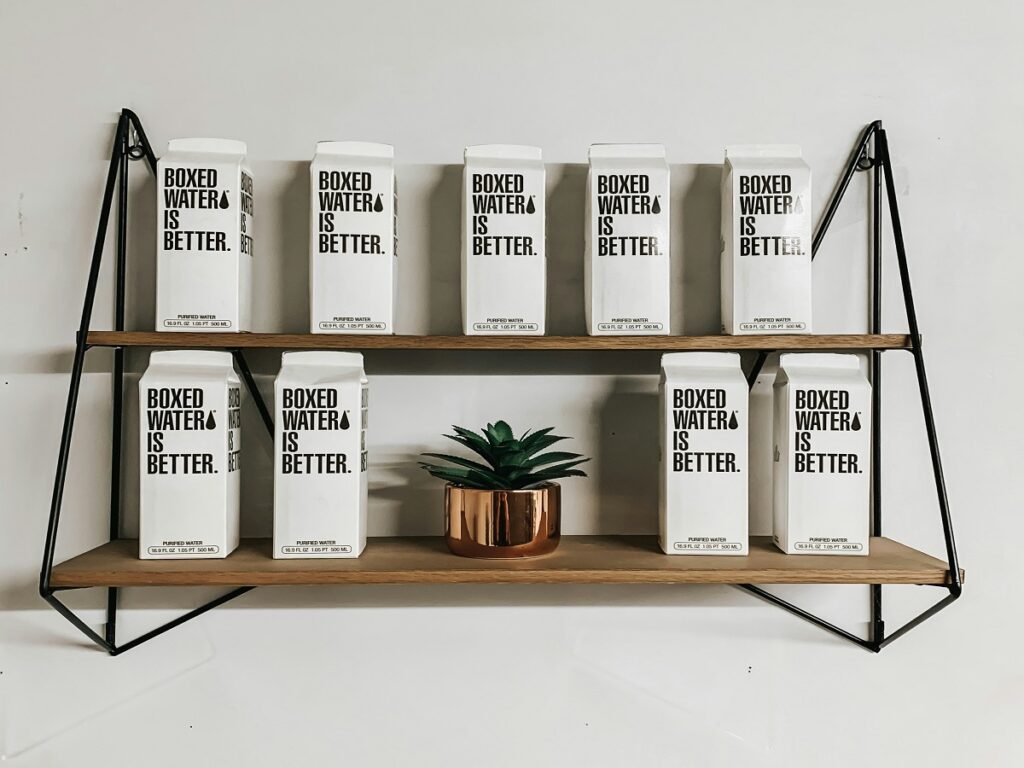
Floating shelves gained momentum in home offices in the early 2000s, as minimalism became a dominant design trend. Their clean, hardware-free appearance makes them especially appealing for modern workspaces. Mounted directly to walls, they create the illusion of open space while providing sturdy storage for books, awards, or office supplies. Because they don’t touch the floor, they also make cleaning easier and help keep surfaces clutter-free. Floating shelves combine functionality with sleek design, making them a reliable choice for professionals who value aesthetics.
4. Under-Desk Organizers
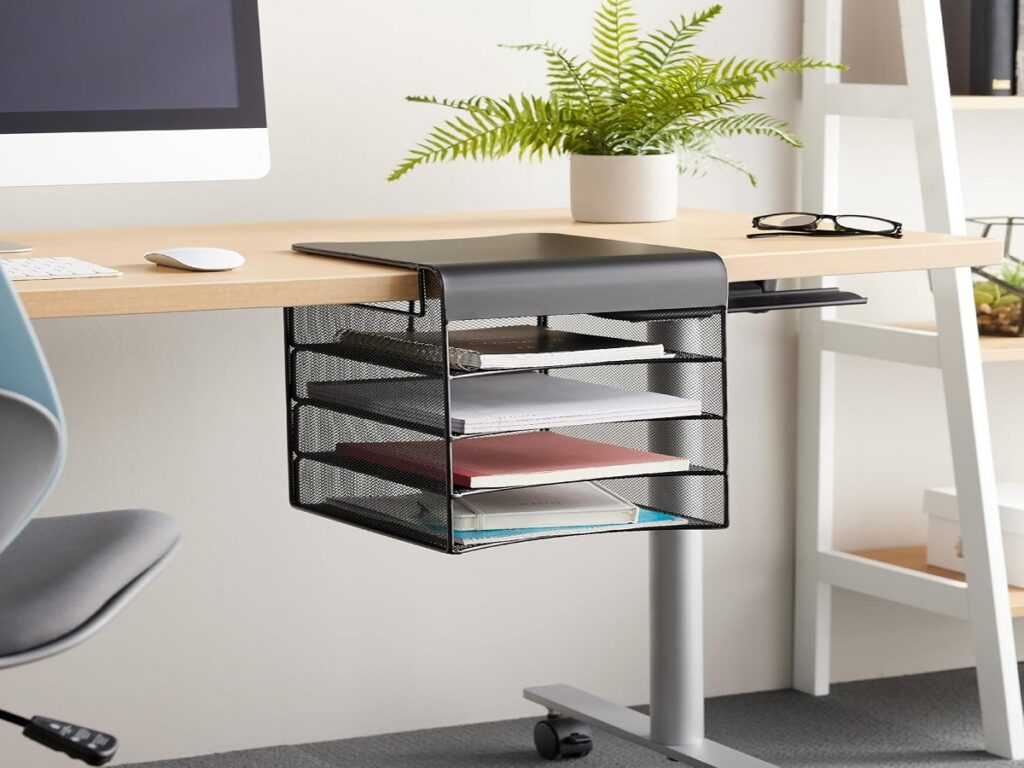
The idea of under-desk storage has been around since the late 1960s, when office desks started featuring built-in drawers. Today’s organizers, however, offer greater versatility, ranging from rolling carts to suspended trays. These tools help store stationery, cables, or even snacks, preventing desktops from becoming overloaded. By taking advantage of often-wasted space beneath the desk, under-desk organizers create a more streamlined working environment. They also ensure that essentials remain close at hand without cluttering the primary work surface.
5. Pegboard Systems
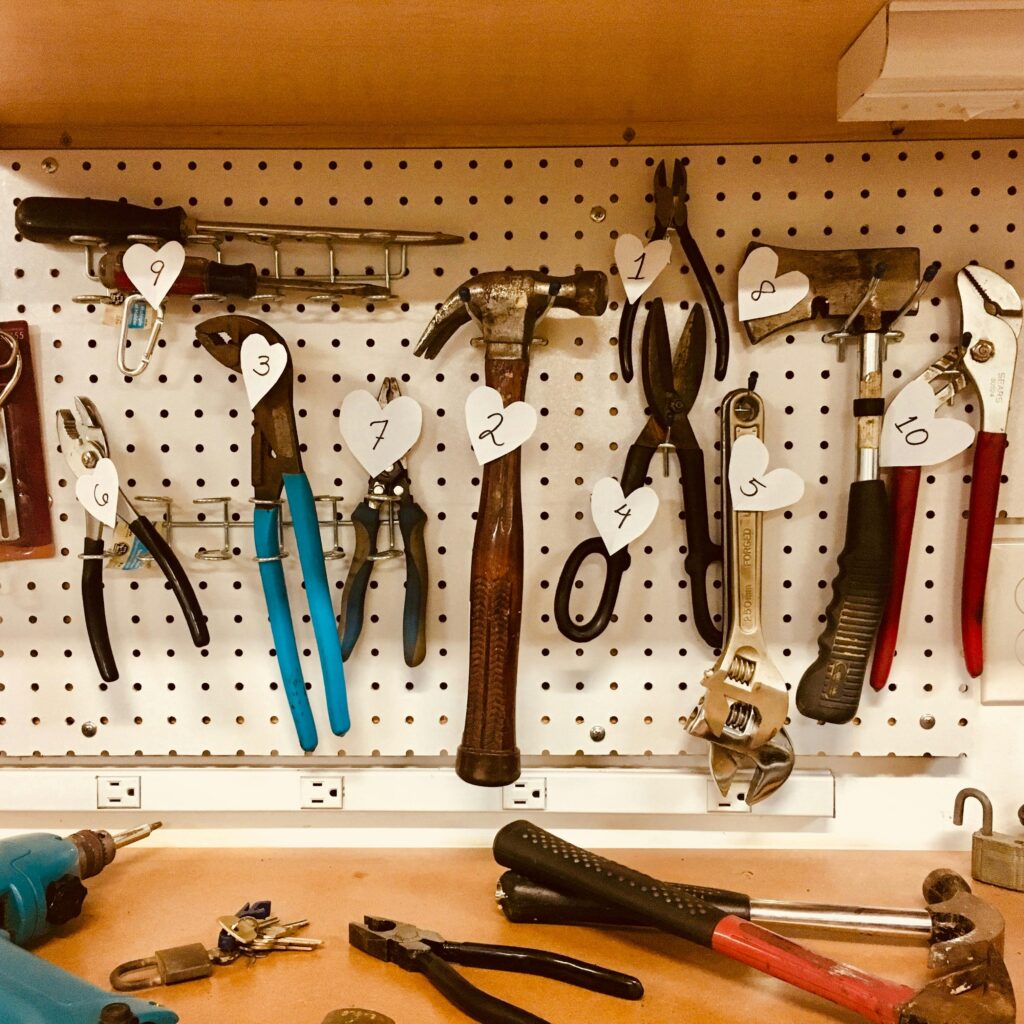
Pegboards first appeared in workshops during the mid-20th century but gradually found their way into offices in the 1990s as creative storage solutions. With hooks, baskets, and adjustable shelves, pegboards offer customizable layouts for everything from scissors to headphones. They’re particularly useful for visual thinkers, as supplies are displayed openly rather than hidden in drawers. This accessibility not only saves time but also adds a personalized, dynamic touch to office walls. A pegboard system is both functional and a conversation starter in modern offices.
6. Desk Drawer Dividers
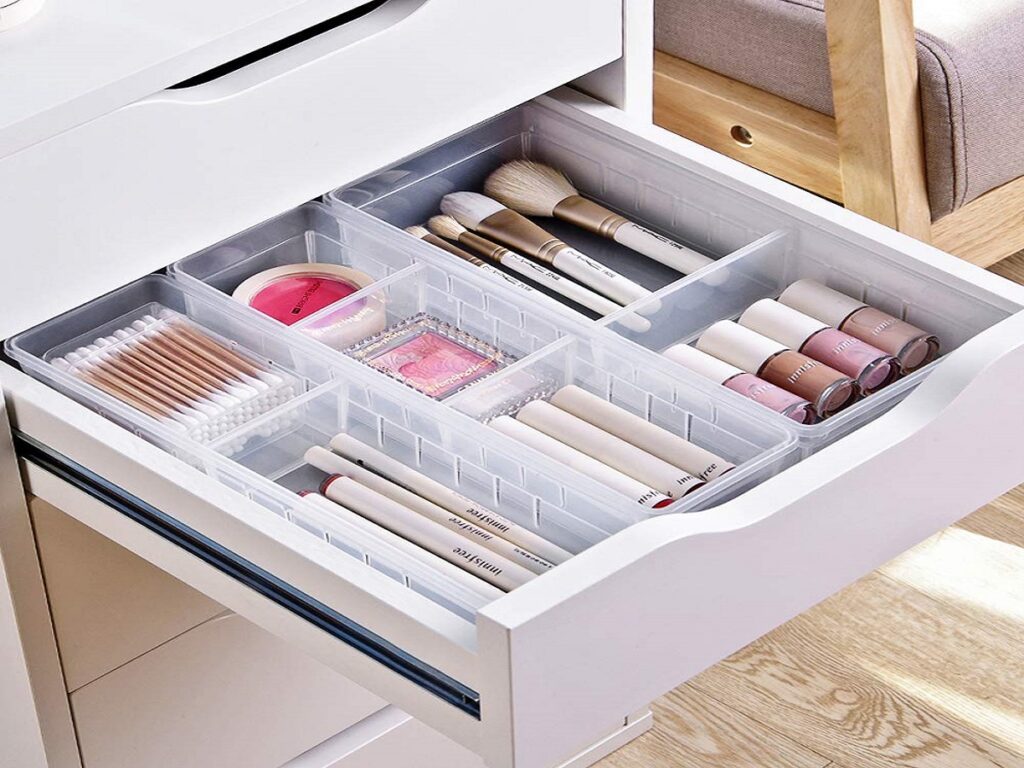
Drawer dividers gained recognition in office supply catalogs of the 1980s, offering order to otherwise chaotic drawers. By compartmentalizing pens, paper clips, sticky notes, and small electronics, dividers make it easier to locate items quickly. They eliminate wasted time spent digging through unorganized drawers while maintaining a professional look. With modern options in bamboo, plastic, and metal, these dividers blend style with practicality. A well-divided drawer ensures everything has its place, fostering an environment of efficiency and reduced stress.
7. Overhead Storage Cabinets
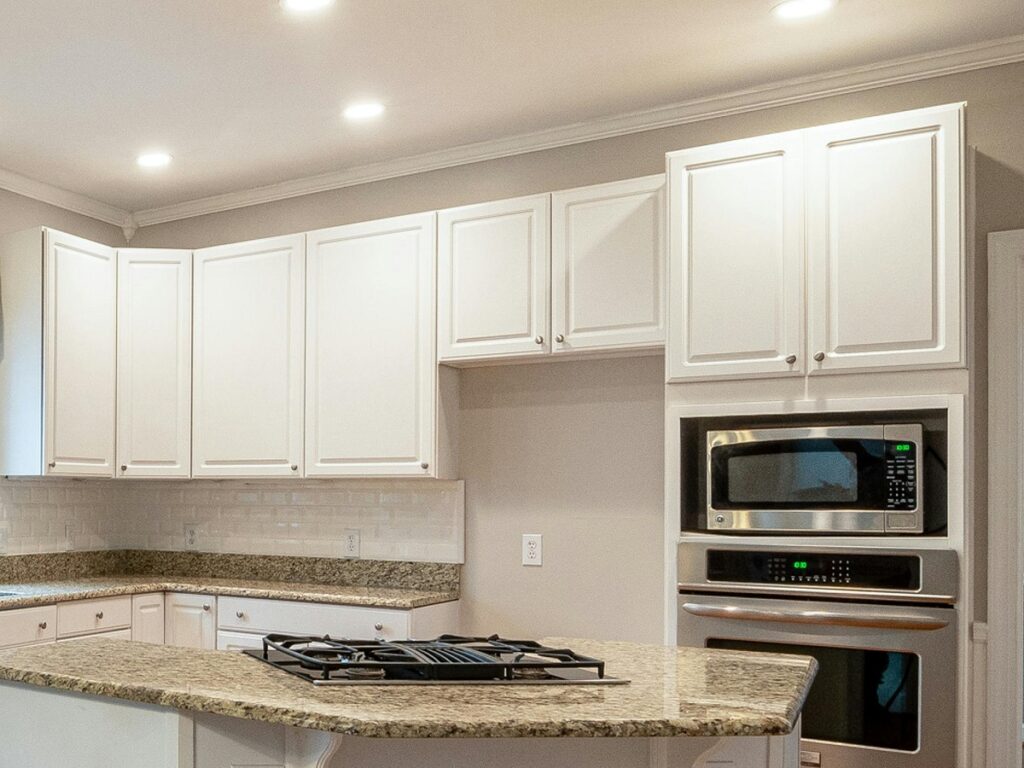
Overhead cabinets became common in corporate settings during the late 1970s, particularly in cubicles where floor space was limited. Mounted above desks, these cabinets maximize vertical potential while keeping important documents or supplies out of sight yet easily accessible. They also help maintain a clean, uncluttered desk surface, promoting concentration. Modern versions feature soft-close hinges and sleek finishes to match evolving office aesthetics. Overhead storage remains a dependable choice for those who value both functionality and a polished workspace design.
8. Cable Management Boxes
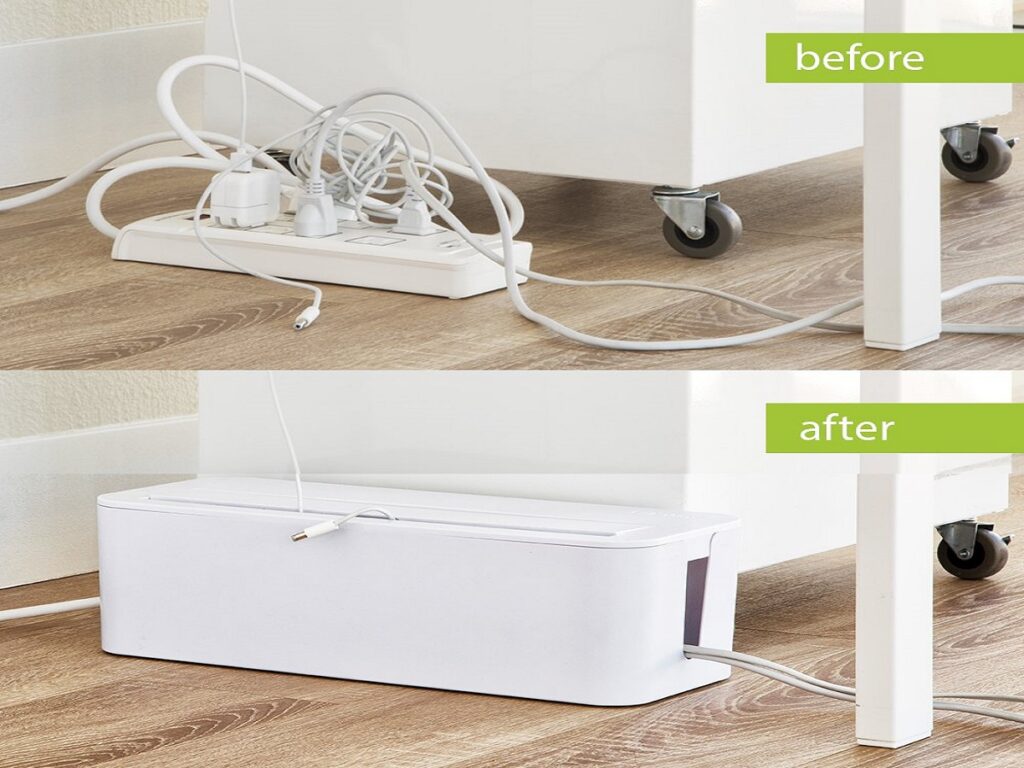
The rise of personal computers in the 1990s brought a wave of tangled cords, leading to the invention of cable management boxes. These discreet containers hide unsightly cables, adapters, and power strips, ensuring desks remain tidy and hazard-free. Beyond aesthetics, they reduce tripping risks and protect wires from damage caused by bending or tangling. Available in a range of sizes and materials, they seamlessly blend into office setups. By organizing cords, these boxes contribute to a safer, more productive work environment.
9. Multi-Functional Furniture
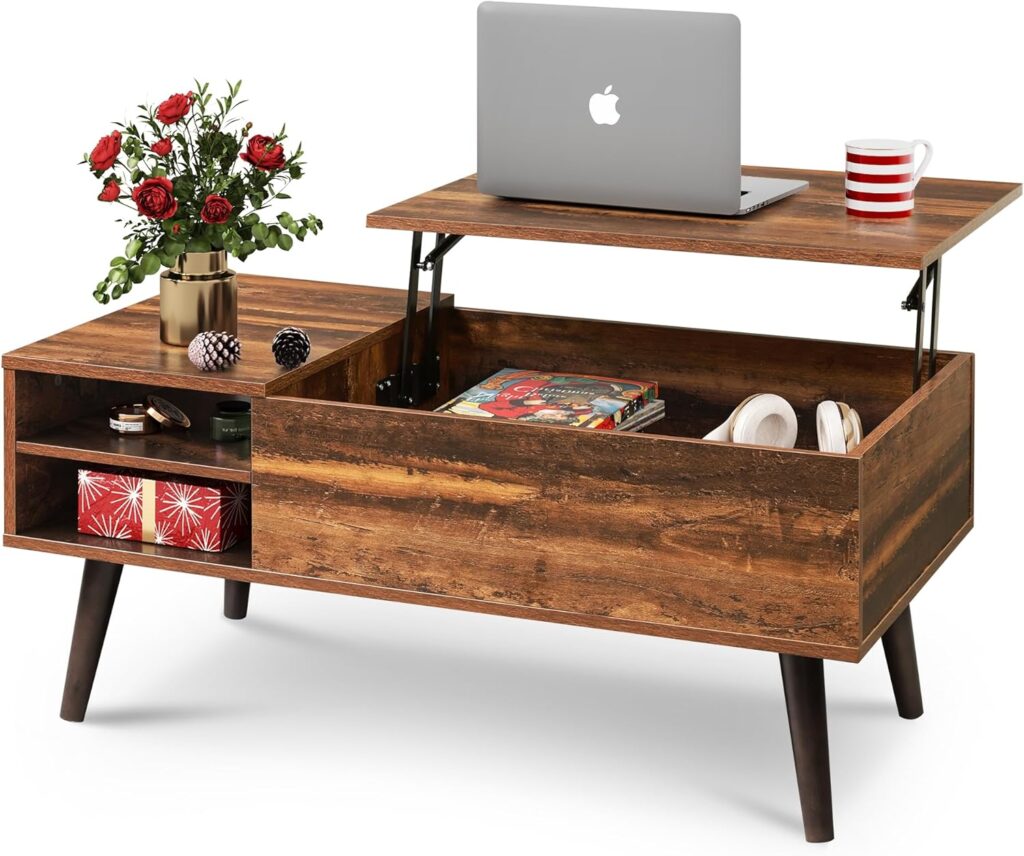
Multi-purpose office furniture began trending in the early 2000s, driven by the need for compact, flexible spaces. A desk with built-in drawers, a bench doubling as a file cabinet, or a bookshelf with hidden compartments provides both functionality and storage. These designs save space while keeping essentials within reach, making them ideal for home offices or smaller corporate areas. Their versatility reduces the need for excess furniture, simplifying layouts. By blending utility with style, multi-functional furniture enhances both efficiency and comfort.
10. Clear Plastic Bins
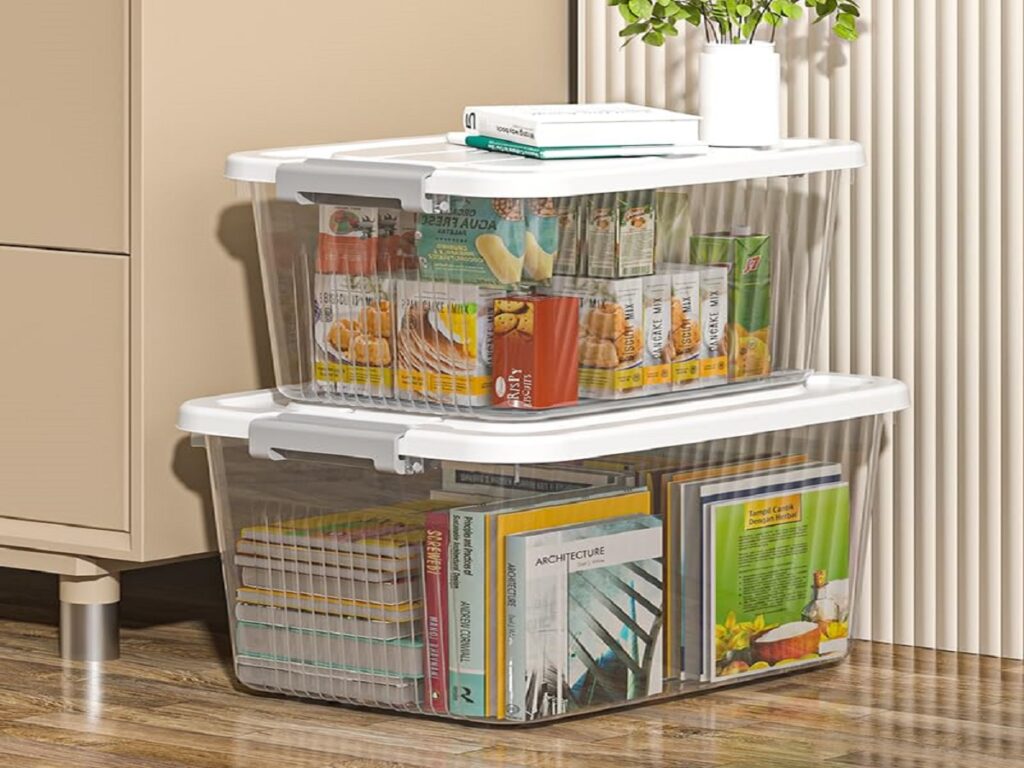
Clear plastic bins became mainstream in the 1980s as businesses sought affordable storage for bulk supplies. Their transparent design makes it easy to identify contents without constant rummaging. Perfect for storing stationery, printer paper, or seasonal items, these bins are lightweight yet durable. Stackable options help optimize storage closets or under-desk spaces while keeping everything visible and organized. Their practicality ensures quick access while reducing clutter. For anyone aiming to combine simplicity with cost-effectiveness, clear bins remain a timeless office solution.
11. Wall-Mounted File Holders
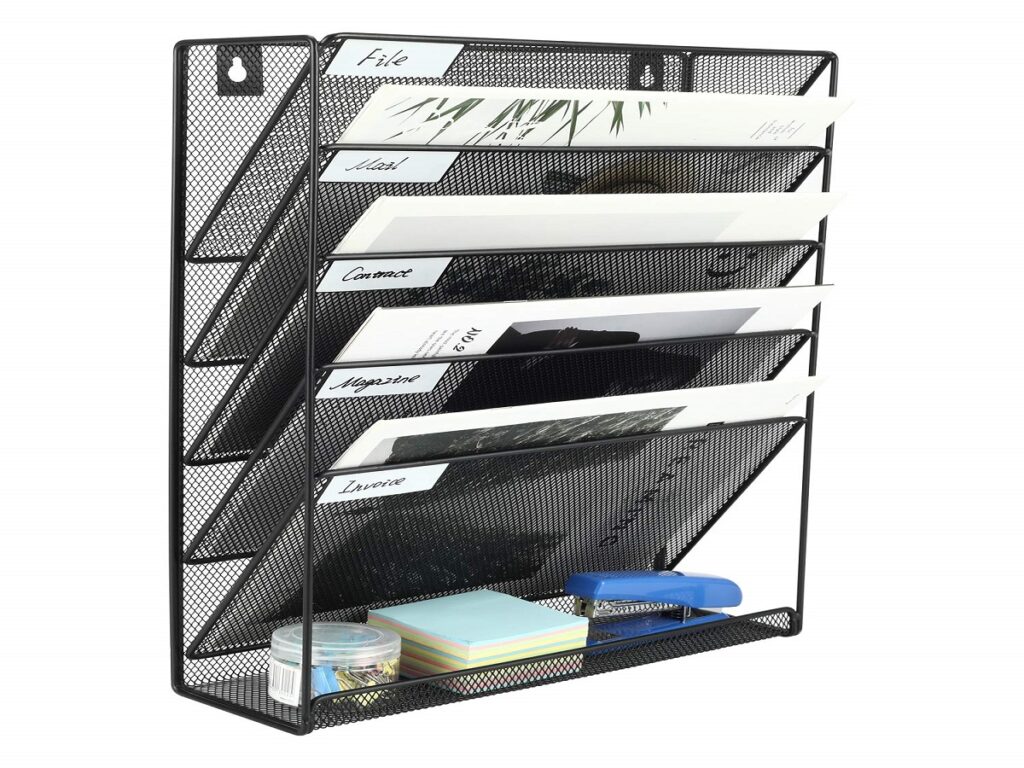
Wall-mounted file holders became popular during the 1990s in medical and legal offices where quick access to documents was crucial. By keeping files visible and within arm’s reach, they cut down on unnecessary drawer searches. Mounted near desks or entry points, they also help streamline workflows by designating spaces for incoming and outgoing paperwork. Modern versions are sleek, often made of metal or acrylic, blending seamlessly with office décor. They’re especially useful for professionals who handle large volumes of daily paperwork.
12. Rolling Utility Carts
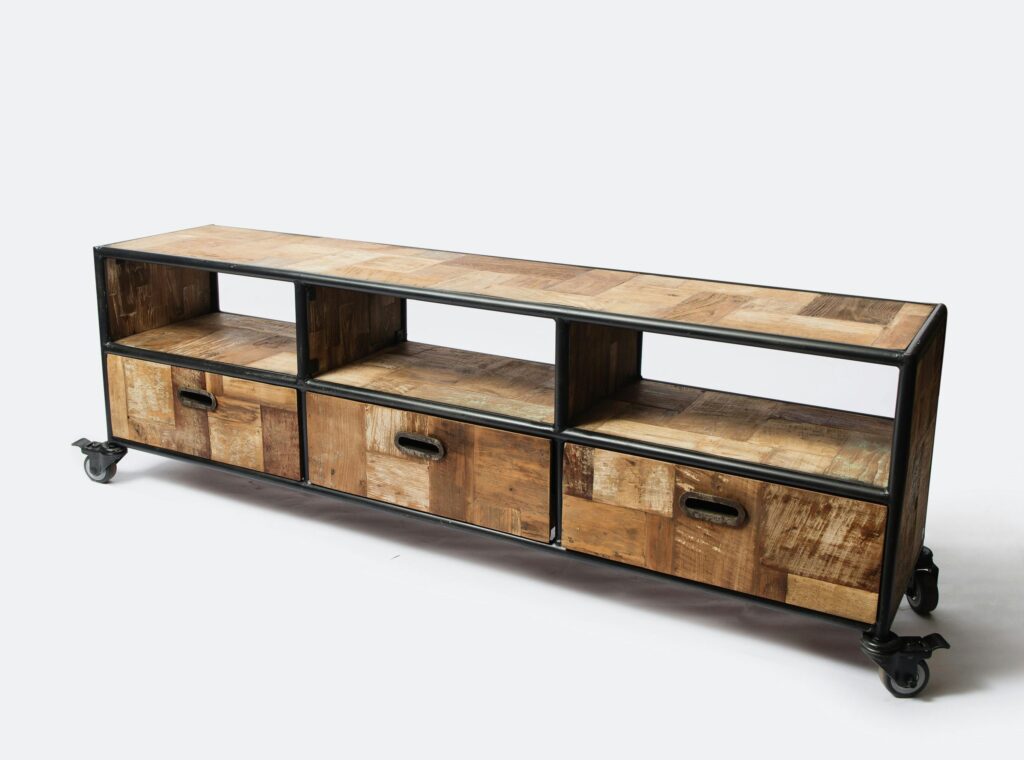
Rolling utility carts first entered office spaces in the late 1970s, adapted from medical environments where mobility was key. Compact yet spacious, these carts allow storage of everything from office supplies to tech equipment. Their wheels make them easily repositionable, ensuring flexibility across different work areas. Many designs now feature multi-tier shelving, which keeps items separated yet organized. Rolling carts are perfect for collaborative environments, allowing shared resources to be transported quickly. This adaptable option suits both traditional and modern office settings.
13. Corner Storage Units
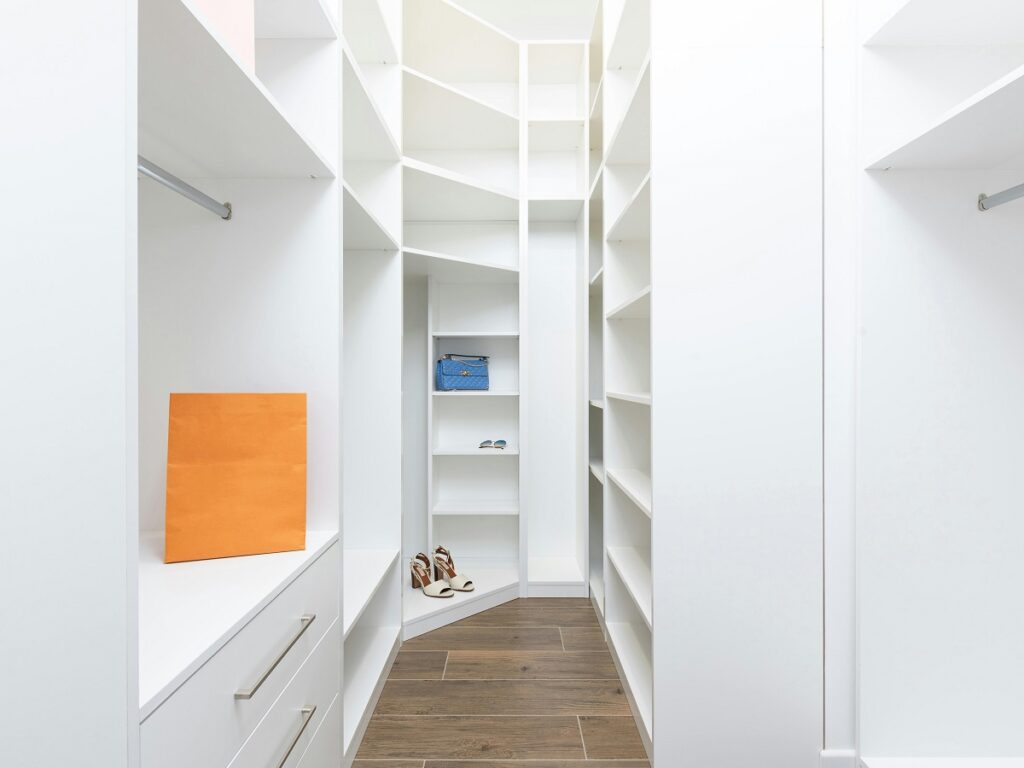
Corner storage units were introduced widely in the 2000s as office designers looked to utilize underused spaces. These units transform awkward corners into functional storage areas, perfect for holding printers, binders, or display items. Their triangular design maximizes square footage that often goes to waste. By combining storage with clever placement, corner units keep the room balanced and organized. Many options come with sleek finishes or glass doors, blending functionality with style. They’re particularly valuable in small offices seeking smart use of space.
14. Magnetic Boards
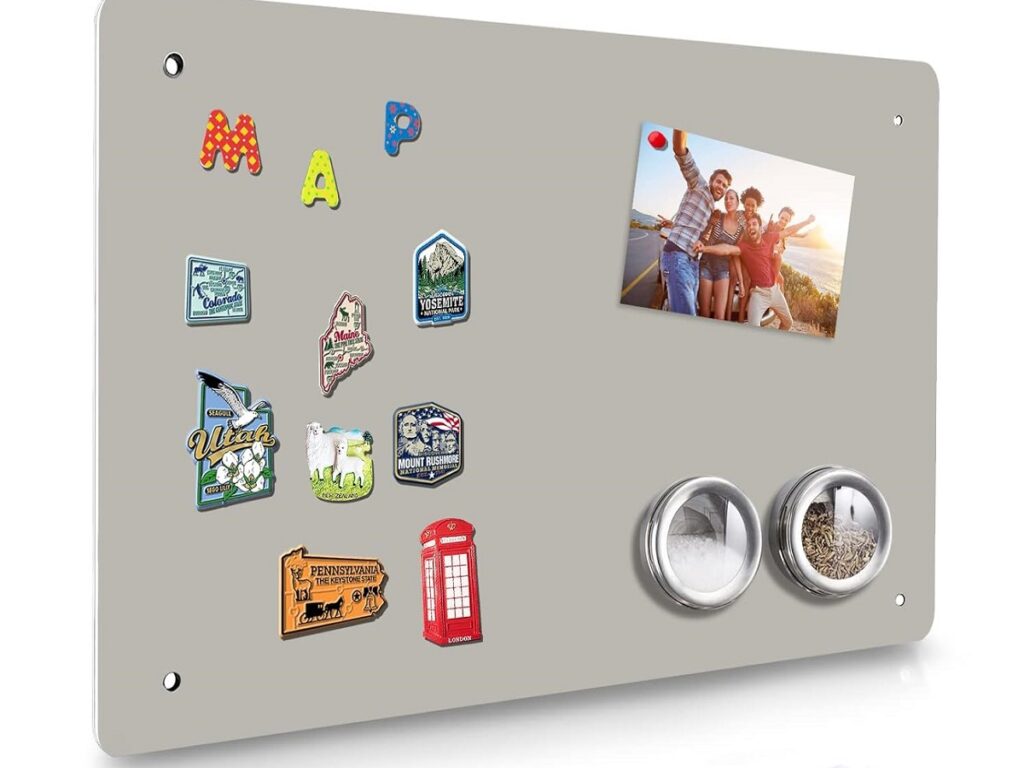
Magnetic boards emerged in offices during the 1990s as alternatives to cork bulletin boards. With the ability to hold notes, calendars, and reminders using magnets, they provide a neat, reusable system. Unlike adhesive options, magnetic boards leave no residue and are easy to update. Their sleek surfaces also double as whiteboards, offering two functions in one. This versatile addition to office storage allows you to keep essential information in clear view while maintaining an uncluttered desk. It’s both practical and space-efficient.
15. Hidden Storage Compartments
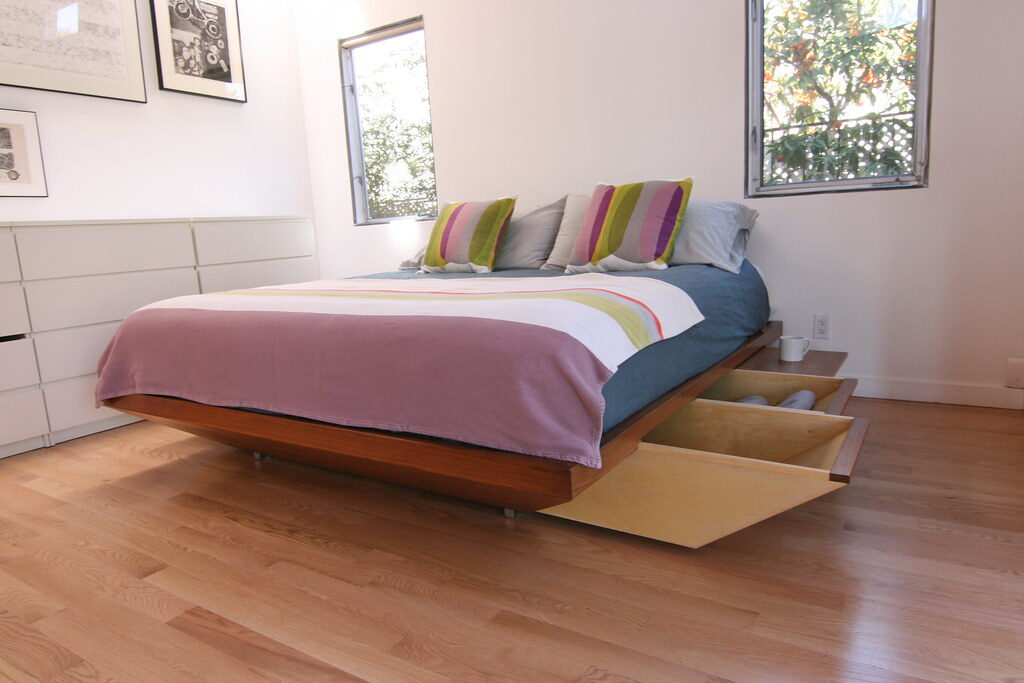
Hidden compartments in office furniture became a trend in the 2000s as employees looked for innovative ways to safeguard personal items. Desks with secret drawers or cabinets with concealed panels add security while maintaining minimal clutter. These solutions are particularly useful for storing valuables, electronics, or confidential documents discreetly. Hidden compartments also enhance the overall design by keeping the workspace clean and distraction-free. With functionality and subtlety combined, they offer an intelligent storage solution for modern office environments.
Comments